#Off-grid
Explore tagged Tumblr posts
Text
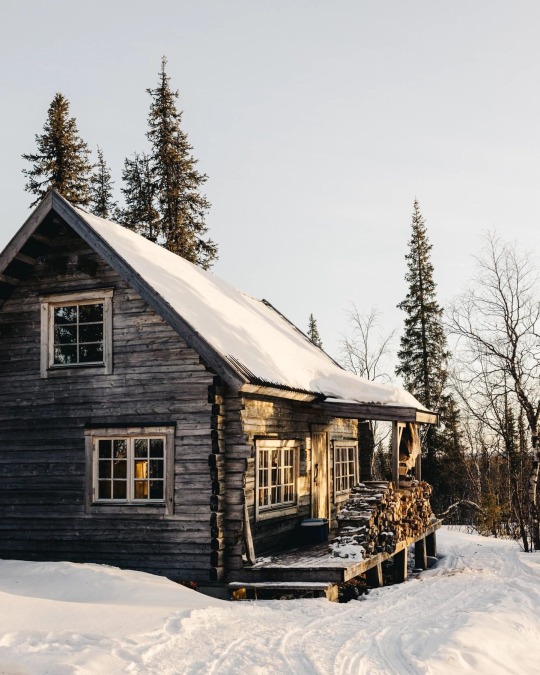
Winter Cabin
215 notes
·
View notes
Text







"Flo" Floating off-grid Cabin, Halden watercourse, Norway,
Straa Ark Architects
#art#design#architecture#minimal#nature#interior design#interiors#retreat#cabin#floating house#tiny house#flo#norway#halden canal#off-grid#floating#straa ark#millwork#lodge#watercourse#halden
193 notes
·
View notes
Text













Folly Mojave, Wonder Valley, California,
Malek Alqadi Architect
#art#design#architecture#travels#boutique hotel#interior design#luxury lifestyle#luxury hotel#interiors#luxury hotels#folly#mojave#joshua tree#california#malek algadi#minimal#minimalism#desert#cabin#retreat#off-grid#sustainable architecture
282 notes
·
View notes
Text










"World Ender" Land Rover Defender
Courtesy: Apocalypse Manufacturing
#art#design#luxury cars#luxury lifestyle#luxurycars#luxurylifestyle#land rover#defender#monster#truck#apocalypse manufacturing#off-road#off-grid#land rover defender#helfire#6x6#bebemoth#luxurycar
124 notes
·
View notes
Text

a splendid fairy wren was singing outside my window 💙
(C) @branchflowerphoto 2024
#photographers on tumblr#lensblr#original photographers#wildlife#bird photography#birdblr#birdwatching#bird#birds#australia#western australia#off-grid#splendid fairy wren#fairy wren
174 notes
·
View notes
Text



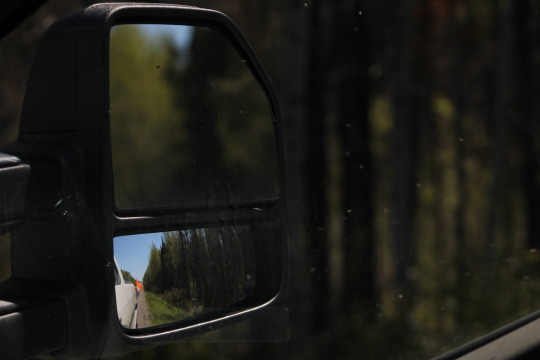

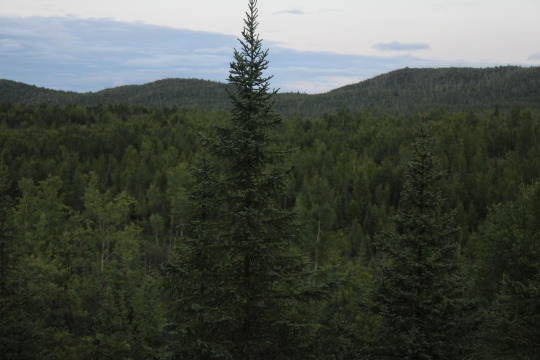
Another way of living
#lou#louspictures#photo compilations anyone?#far north#canadian#canadian far north#off-grid#forest#boreal forest#forest aesthetic#forest core#forest photography#forestpunk#forestcore#nature photography#canadian sticks#i have plans to do more of these if this one does well#cuz i had a lot of fun picking out pictures for this
129 notes
·
View notes
Photo


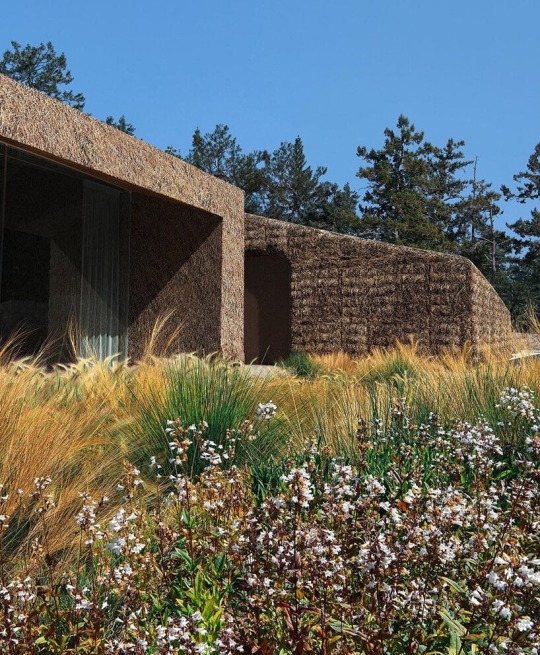
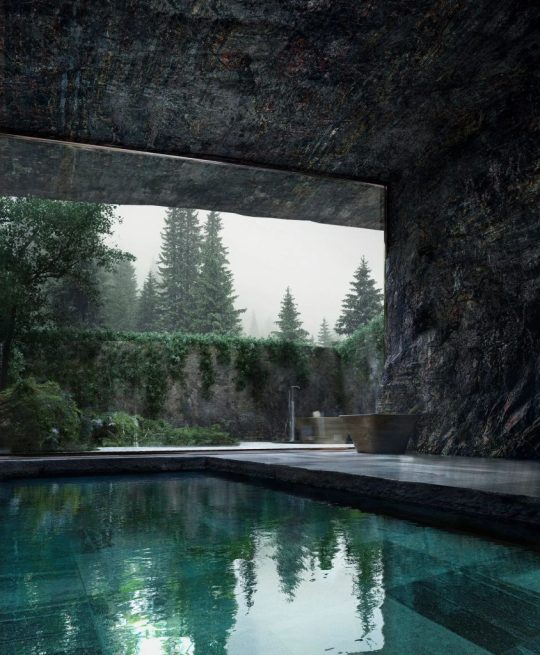



Vollebak, Nova Scotia, Canada,
Courtesy: BIG
#art#design#retreat#off-grid#vollebak#nova scotia#canada#island#vollebak island#big#self-sufficiency#concept#render#luxuryhouses#luxuryhomes#clothing brand#cgiart#luxurylifestyle#billionairelife#sea#nature
120 notes
·
View notes
Text

@autumngracy , here we go.
Bugging out with Margaret Killjoy.
youtube
youtube
There's another where she shows off her off-grid house.
youtube
I wonder how it's going now. She's got a podcast, but I haven't listened to it because it's about cool people and I'm still catching up on bastards.
13 notes
·
View notes
Text
How To Go Off Grid Now With No Money
In today’s fast-paced world, the concept of going off-grid and living a more ecojoyful and self-sufficient lifestyle has gained tremendous popularity. However, many individuals believe that making such a significant lifestyle change requires a considerable amount of money. The truth is, with creativity, resourcefulness, and determination, it is entirely possible to transition to an off-grid lifestyle with little to no financial investment. This guide will walk you through practical steps to achieve this dream without breaking the bank.
1. Finding Free or Affordable Land
One of the biggest challenges in going off-grid is securing a piece of land to call your own. Fortunately, there are ways to acquire land without a hefty price tag.
Seeking Out Land Grants and Donations
There are organizations and local governments that offer land grants or donations, particularly in rural areas that are looking to attract new residents. These programs often require you to commit to living on the land for a set number of years and contributing to the local community, which can be a win-win if you're serious about an off-grid lifestyle.
Homesteading and Land Sharing
Another option is to connect with other off-grid enthusiasts who may be willing to share or rent out a portion of their land. This arrangement can reduce your costs significantly and allow you to benefit from the shared knowledge and resources of a community.
Squatting and Adverse Possession
While not the most traditional route, squatting on unused land is an option that some have pursued. Over time, with the proper legal understanding, this can lead to adverse possession, where you can gain legal ownership of the land. This approach requires thorough research into local laws and a willingness to navigate potential legal challenges.
2. Building a Shelter with Recycled Materials
Constructing a shelter doesn’t have to be an expensive endeavor. With the right approach, you can build a comfortable home using recycled and natural materials.
Utilizing Reclaimed Wood and Pallets
Reclaimed wood and pallets are often available for free or at a low cost from construction sites, businesses, or online marketplaces. With some basic carpentry skills, these materials can be transformed into a sturdy and ecojoyful off-grid home. Pallets, in particular, are versatile and can be used for everything from walls to furniture.
Earthships and Cob Houses
Earthships and cob houses are types of sustainable architecture that use natural and recycled materials like earth, clay, and glass bottles. These structures are highly efficient, insulating, and can be built with little to no money. The building process can be labor-intensive, but with the help of volunteers or community members, it’s a feasible option.
Alternative Shelters
Consider unconventional shelters like yurts, shipping containers, or tiny homes on wheels. These can often be sourced affordably and adapted to off-grid living. Yurts and tiny homes offer mobility, while shipping containers provide durability and a solid foundation for a permanent residence.
3. Harnessing Free or Low-Cost Energy Sources
Living off the grid means generating your own power, but this doesn’t have to be expensive. There are various methods to harness energy without spending a fortune.
Solar Power on a Budget
Solar panels are a common choice for off-grid energy, but new systems can be costly. Instead, look for used or discounted solar panels online or through local classifieds. DIY solar panel kits are another budget-friendly option, allowing you to build your own system at a fraction of the cost.
Wind Power
If you’re in a windy area, consider building your own wind turbine. There are many tutorials available online that guide you through the process using inexpensive materials. Wind power can complement solar energy, providing power during cloudy or stormy weather.
Micro-Hydro Power
For those with access to a flowing water source, micro-hydro power is an efficient way to generate electricity. Building a small-scale hydroelectric system can be done with minimal investment, and it provides a consistent power supply, especially during the night or in winter months.
4. Sourcing Food Sustainably and for Free
Growing your own food and foraging are key components of off-grid living. With some planning and knowledge, you can sustain yourself without spending much on groceries.
Starting a Garden with Seed Swaps and Cuttings
Starting a garden doesn’t require purchasing expensive seeds or plants. Participate in local seed swaps, where gardeners exchange seeds and cuttings for free. You can also propagate plants from kitchen scraps, such as potatoes, onions, and herbs, to kickstart your garden.
Foraging and Wildcrafting
Foraging for wild edibles is an excellent way to supplement your diet. Learn about the local flora and fauna in your area to identify edible plants, fruits, and mushrooms. This not only provides free food but also helps you connect with nature on a deeper level. Wildcrafting, or harvesting plants for medicinal or culinary purposes, can also be an essential skill in off-grid living.
Raising Livestock on a Shoestring Budget
If you have space, consider raising small livestock like chickens, rabbits, or goats. These animals are relatively low-cost to maintain and provide a steady supply of eggs, meat, and dairy. You can often acquire animals for free through online ads or by connecting with local farmers looking to downsize their flocks or herds.
5. Water Collection and Conservation
Access to clean water is essential for off-grid living, and with a bit of ingenuity, you can secure a water supply without relying on municipal systems.
Rainwater Harvesting
Rainwater harvesting is one of the most straightforward and cost-effective methods of collecting water. By setting up a simple gutter and barrel system, you can collect and store rainwater for drinking, cooking, and irrigation. Ensure that you have proper filtration and purification systems in place to make the water safe for consumption.
Using Natural Water Sources
If you live near a natural water source, such as a river, lake, or spring, you can set up a gravity-fed water system. This method requires some initial work to install pipes and filters, but it provides a reliable water supply with minimal ongoing costs. Be sure to check local regulations regarding water rights before using natural sources.
Water Conservation Techniques
To minimize your water usage, implement water conservation techniques such as greywater recycling and composting toilets. Greywater systems reuse water from sinks and showers for irrigation, reducing the need for fresh water. Composting toilets convert waste into compost, eliminating the need for a septic system and conserving water.
2 notes
·
View notes
Video
youtube
It’s always cool to see documentaries about the type of house that you yourself live in.
It’s not for everyone but I wouldn’t change anything about it.....except all the shit I’ve got planned to change in the near future, but we’ll ignore that. 🤣

#youtube#off-grid#off-grid living#earthship#earthships#solar power#rain catchment#rainwater collection#beer can and tire house amirite?
11 notes
·
View notes
Video
youtube
Down the Off-Grid Rabbit Hole by Maggie Mae Fish
7 notes
·
View notes
Text

Lakefront Cabin
75 notes
·
View notes
Text










Agri-Cultural Oasis,
The heart of Agri-Cultural Oasis is the integration of off-grid farming, tropical leisure, and cultural exploration. Inspired by the Dominican spirit of dance, music, and community, we envisioned a space that not only fosters sustainable living but also celebrates the region's rich cultural heritage. The project offers visitors a unique opportunity to experience local traditions alongside sustainable agricultural production and eco-tourism.
The design dedicates 20% of the farm’s land to photovoltaic panels, which provide renewable energy to power the entire estate. This energy source supports both farming and daily operations, while the remaining land is cultivated with crops, ensuring a self-sustaining system. By harnessing renewable energy, we’ve created a model for sustainable living that can serve as a blueprint for remote communities around the world.
Loma Atravesada, Las Galeras, Samana, Dominican Republic,
Courtesy: Xueqi Zhang
#design#art#architecture#minimal#nature#interior design#sustainability#sustainable architecture#farm#agri-culture#oasis#loma atravesada#dominican republic#xueqi zhang#farming#off-grid#eco-tourism#renewable energy
131 notes
·
View notes
Text







"Stella the Stargazer"
Ample was commissioned to design a lovely tiny home for the Australian tourism and events company Visit Victoria.
It is based on a triple-axle trailer and features a length of 32 feet and a width of 7.8 feet. Old sections of steel were sourced from an abandoned farm shack in rural Penshurst, Victoria and they were used to build the home.
Reclaimed corrugated iron and hardwood from the same site were utilized as well, giving the tiny home a shed-like aesthetic.
The tiny home can run off the grid using a solar panel system and batteries. It also includes a generator that will work when needed. A rainwater collection system has also been integrated, as well as tanks to hold greywater and waste.
Stella the Stargazer can be booked and moves around in different locations.
Courtesy: Ample
#art#design#architecture#travels#boutique hotel#interior design#interiors#nomad#trailer#ample#cabin#tiny house#tiny home#off-grid#sustainable architecture#sustainability#victoria#australia#reclaimed#stella#stargazer
118 notes
·
View notes
Text


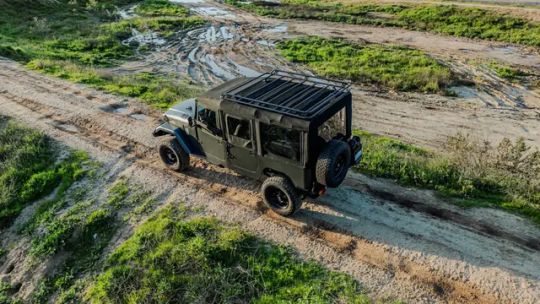
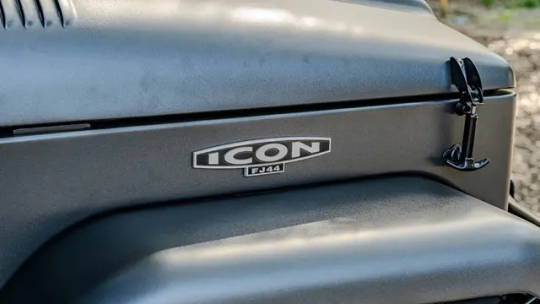
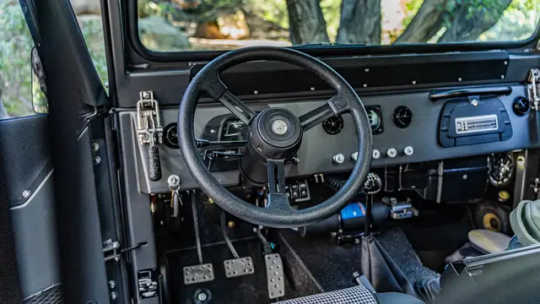
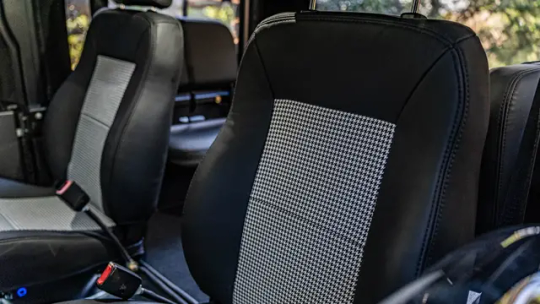

New School Edition 1964 Land Cruiser FJ44
Courtesy of Icon
#art#design#luxury cars#luxury lifestyle#luxurycars#luxurylifestyle#land cruiser#FJ44#icon#off-road#off-grid#new school#edition#limited edition#toyota#toyota land cruiser
109 notes
·
View notes